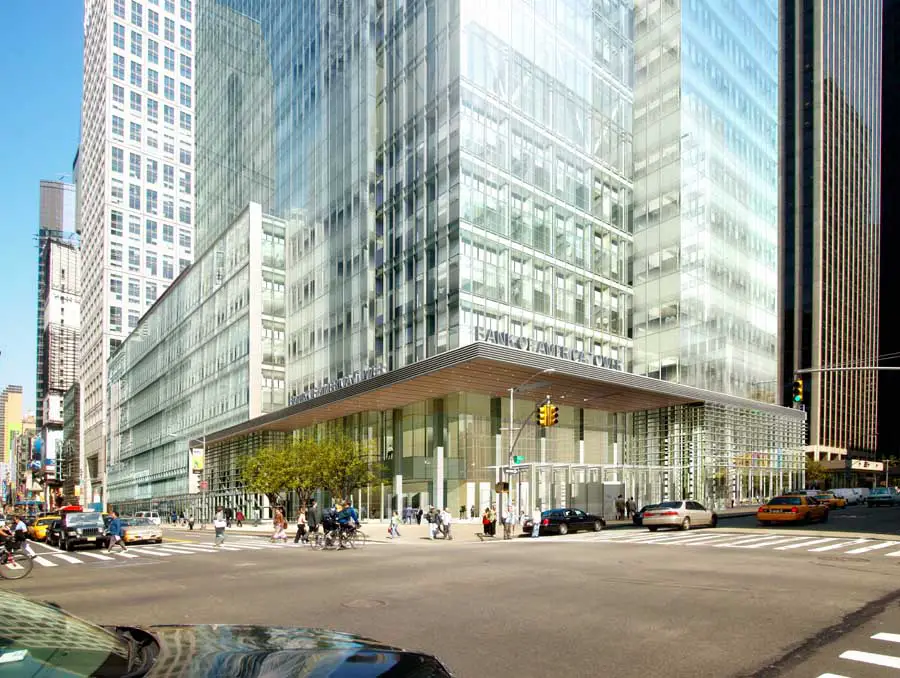Massachusetts General Hospital's Lunder Building, a new 14-story, 150-bed, 535,000-square-foot facility completed in 2011, was designed with the notion of increasing the operational efficiency as well as enhancing the healing aspect of its patients. Inserting a glass and steel-framed polygonal volume onto the 42,000-square-foot site, architects of NBBJ envisioned fragmenting the the mass and angled exterior planes within the glass façade detailing to express the building's multi-level functionality on the exterior.
While glass is the optimal material selection in displaying the building's separate functions, it allows for the first two floors, designated for the initial reception, admissions, and circulation, to connect to the outdoors, transpiring daylight to the interiors. The structure uses energy-efficienct insulated glass with low-E coating throughout, choosing glazing with a high visible-light transmittance and a high shading coefficient for the patient floors.
Another important element that radiated through the project was the connection factor within the facility as well as with the surrounding context. The building is programmatically-dense, helping it to connect to five existing buildings via walkways and bridges. It appreciates the horizontality of the MGH's Yawkey Center for Outpatient Care and the verticality of the Ellison glass tower Building to seamlessly connect Lunder physically and aesthetically to the other hospital structures around it. Comprising of two interlocking, C-shaped groups of single-patient rooms, traversed by a central circulation spine, the design of the patient floor helps to minimize staff travel times, and brings natural light into the patient rooms and staff support areas. This section also incorporates two gardens, a five-story indoor atrium, and an outdoor bamboo garden on the sixth floor.
The approach to the design came from the rising trend of having medical facilities simulate residential styles to help patients assume a more relaxed atmosphere, away from the traditional feeling usually associated with being in a hospital. Incorporating soft lighting, bamboo accent walls, large garden-themed graphics, and both open and intimate spaces, help to link the benefits of having views to nature to the quality of the healing process.
I believe applying the psychological correlations with design and recovery, while also incorporating sustainable qualities, is an approach that could increase the healing process and potentially grant patients with a longevity that wasn't in the prognoses before.











